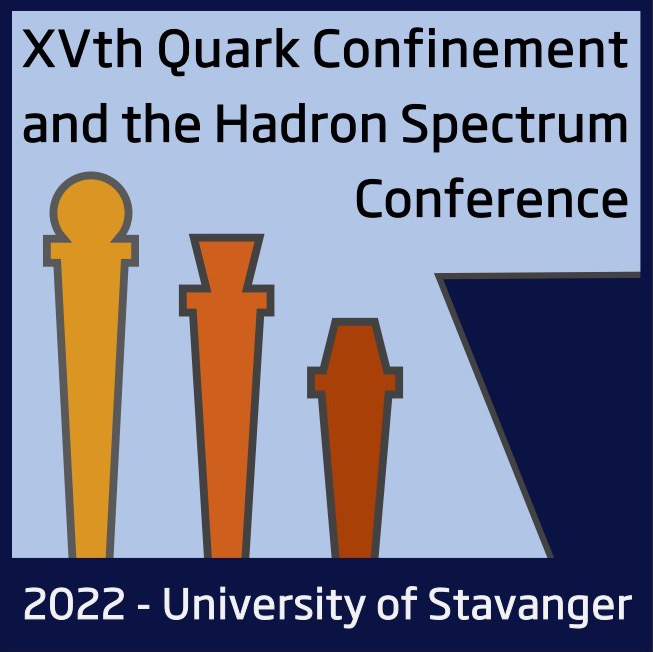Speaker
Description
It is a fundamental question: what is the origin of the glueball masses? In the pure Yang-Mills theory, there is no mass scale in the classical level, while the breaking of scale invariance is induced by quantum effects. This is regarded as the trace anomaly, which is associated with the non-vanishing trace of the energy-momentum tensor (EMT) operator. In this context, the origin of the glueball masses can be attributed to the trace anomaly. Our purpose is to quantify how much the trace anomaly contributes to the glueball masses by using lattice simulations. Once one can have the renormalized EMT operator $T_{\mu\nu}$, the hadron matrix element of $T_{00}$ directly provides the mass of hadron. Therefore, it is natural to consider the mass decomposition in terms of the trace and traceless part of the EMT operator. However, it is hard to construct the renormalized EMT operator on the lattice, where the loss of translational invariance is inevitable due to the discretization of the space-time. To overcome this problem, H. Suzuki proposed that the gradient Yang-Mills flow approach can be utilized to construct the renormalized EMT operator from the flowed fields. In this talk, we directly measure the glueball matrix element of $T_{00}$ that is calculated by the gradient flow method, and then evaluate the contributions of the trace anomaly to the scalar glueball mass.

